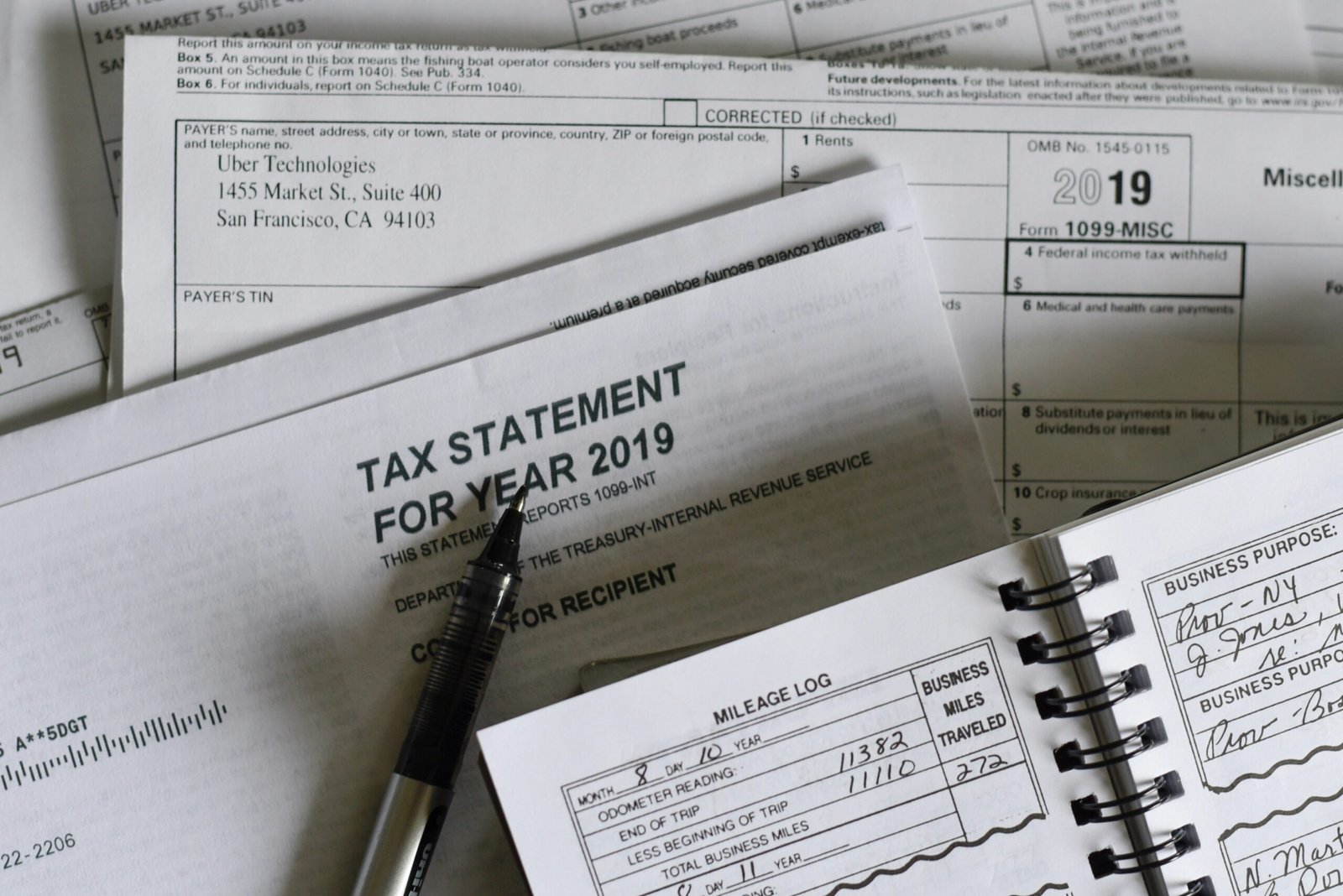
Introduction to Income Tax Regimes in India
The income tax system in India has undergone significant transformations over the years to adapt to the evolving economic landscape. One of the most notable changes occurred with the introduction of the new tax regime in the Union Budget 2020. This revolutionary shift aimed to provide taxpayers with greater flexibility and simplicity in their financial planning by offering a choice between the new and old tax regimes.
The new tax regime presents an alternative to the traditional structure, which has been in place for decades. It simplifies the tax slabs, potentially allowing individuals to opt for lower tax rates sans the myriad exemptions and deductions that characterize the old tax regime. The intent behind this new system is to streamline the tax-filing process and make it more user-friendly, catering to the diverse financial needs of taxpayers.

On the other hand, the old tax regime continues to be a favored option for those who have well-established investment strategies and seek to maximize their tax savings through various deductions under sections like 80C, 80D, and others. This regime offers a host of tax planning opportunities tailored to encourage savings and investments in specified financial instruments.
Choosing between the new and old tax regimes involves a strategic analysis of one’s financial situation, including income levels, investment preferences, and long-term financial goals. While the new tax regime offers a straightforward approach with reduced tax rates, it eliminates several deductions that could significantly impact an individual’s net taxable income. Conversely, the old regime, with its complexity, allows taxpayers to benefit from multiple exemptions and deductions, potentially reducing their overall tax liability.
In essence, the dual tax regime system has been introduced to empower taxpayers with the flexibility to select a tax framework that aligns with their financial objectives and simplifies decision-making. This comparative analysis aims to delve deeper into the nuances of both regimes, aiding in an informed choice to optimize tax liabilities.
Detailed Comparison of Tax Slabs
When comparing the old and new income tax regimes in India, it’s crucial to understand the differences in tax slabs and rates. The old regime follows a structure that includes numerous deductions and exemptions to reduce taxable income. Conversely, the new regime offers lower tax rates but eliminates most deductions and exemptions.
Old Tax Regime
In the old regime, the tax structure is as follows:
| Income Bracket (INR) | Tax Rate |
|---|---|
| 0 – 2,50,000 | Nil |
| 2,50,001 – 5,00,000 | 5% |
| 5,00,001 – 10,00,000 | 20% |
| Above 10,00,000 | 30% |
Moreover, the old regime allows several deductions and exemptions under various sections:
- Section 80C: Deductions up to INR 1.5 lakh on investments like PPF, EPF, and life insurance premiums.
- Section 80D: Deductions for health insurance premiums.
- House Rent Allowance (HRA): Exemption for those living in rented accommodation.
New Tax Regime
The new regime slashes tax rates but does away with the majority of deductions, presenting the following structure:
| Income Bracket (INR) | Tax Rate |
|---|---|
| 0 – 3,00,000 | Nil |
| 3,00,001 – 6,00,000 | 5% |
| 6,00,001 – 9,00,000 | 10% |
| 9,00,001 – 12,00,000 | 15% |
| 12,00,001 – 15,00,000 | 20% |
| Above 15,00,000 | 30% |
While it does not offer exemptions like HRA or deductions under sections like 80C and 80D, the new regime’s simplified structure is designed to make tax filing easier for individuals. Taxpayers need to weigh the potential tax savings from deductions and exemptions in the old regime against the benefits of lower tax rates in the new regime.
Choosing between these regimes depends on individual financial profiles and their utilization of various deductions and exemptions. By assessing the options, taxpayers can optimize their tax liabilities effectively.
Pros and Cons of the Old and New Tax Regimes
The Indian income tax framework offers taxpayers the choice between the old and new tax regimes, each presenting its own set of advantages and disadvantages. The old tax regime is characterized by a plethora of deductions and exemptions, such as those under Sections 80C, 80D, and the standard deduction, which can significantly lower one’s taxable income. This becomes particularly beneficial for individuals who have substantial qualifying expenses like home loans or insurance premiums. For example, under Section 80C alone, a taxpayer can claim deductions up to INR 1.5 lakhs, thereby effectively lowering their tax burden.
On the flip side, the old system can be quite complex due to the numerous provisions, each with its own set of qualifying criteria. This necessitates meticulous record-keeping and substantial financial planning. Taxpayers with a higher gross income and significant investments generally find more advantages in the old regime due to the extensive deductions available.
The new tax regime offers a simplified structure with lower tax rates, a boon for individuals who prefer a straightforward approach to taxation. By eliminating the myriad of exemptions and deductions, the new regime simplifies the filing process, appealing especially to those who do not have substantial tax-deductible expenses. For instance, while the old regime taxes an annual income of INR 7.5 lakhs at 20%, the new regime provides a reduced tax rate of 10% for the same income level, absent any deductions.
However, the absence of exemptions means that taxpayers with low to moderate income levels but significant tax-deductible investments may end up paying more under the new regime. This new system benefits individuals with higher income but minimal qualifying deductions, as the inherently lower tax rates can lead to substantial tax savings without the need for financial maneuvering.
In practical terms, choosing between the old and new income tax regimes largely depends on individual financial habits and income levels. For example, a salaried employee with substantial financial commitments such as housing loans and insurances might find the old regime more advantageous, while a freelancer with fewer deductible expenses could benefit from the new regime’s reduced tax rates. As such, each taxpayer must evaluate their financial landscape to determine the optimal regime for their unique circumstances.
Making an Informed Decision: Factors to Consider
Choosing the most beneficial income tax regime is a decision that requires careful evaluation of various personal financial factors. It is crucial to assess your annual income, as tax liabilities significantly differ across income brackets under each regime. Individuals with lower income might benefit from the new tax regime due to reduced tax rates, while those with higher incomes might find the old tax regime beneficial because of its various deductions and exemptions.
Eligible deductions play a pivotal role in this decision. The old tax regime offers a plethora of deductions under sections like 80C, 80D, and 24(b) that can substantially reduce taxable income. If you have significant eligible deductions, the old regime could offer enhanced tax savings. Conversely, the new tax regime simplifies filing by foregoing these deductions in favor of lower tax rates.
Investment habits should also influence your choice. The old tax regime encourages savings and investments through deductions for contributions to provident funds, insurance premiums, and other specified schemes. If you have a well-structured investment portfolio tailored for tax-saving purposes, the old regime may be more advantageous. However, if you prefer liquidity and less complexity, the new regime might align better with your financial habits.
Define your financial goals and align them with the tax regime that best supports them. For instance, long-term financial planning, such as retirement or education funds, may find greater benefit in the old tax regime due to associated exemptions. On the other hand, for short-term financial flexibility without the need for managing multiple investments, the new tax regime could be more suitable.
Utilizing actionable tools can aid in this decision-making process. Consulting with a tax advisor provides personalized insights tailored to your financial landscape. Additionally, online tax calculators serve as a convenient resource to project your potential tax liabilities under both regimes, giving you a clearer picture of what to expect.
Remember these key points when deliberating between the two tax regimes: assess your annual income, scrutinize eligible deductions, consider your investment habits, and align your choices with your financial goals. Armed with these insights and the right tools, you can make an informed decision that maximizes your tax savings efficiently.



